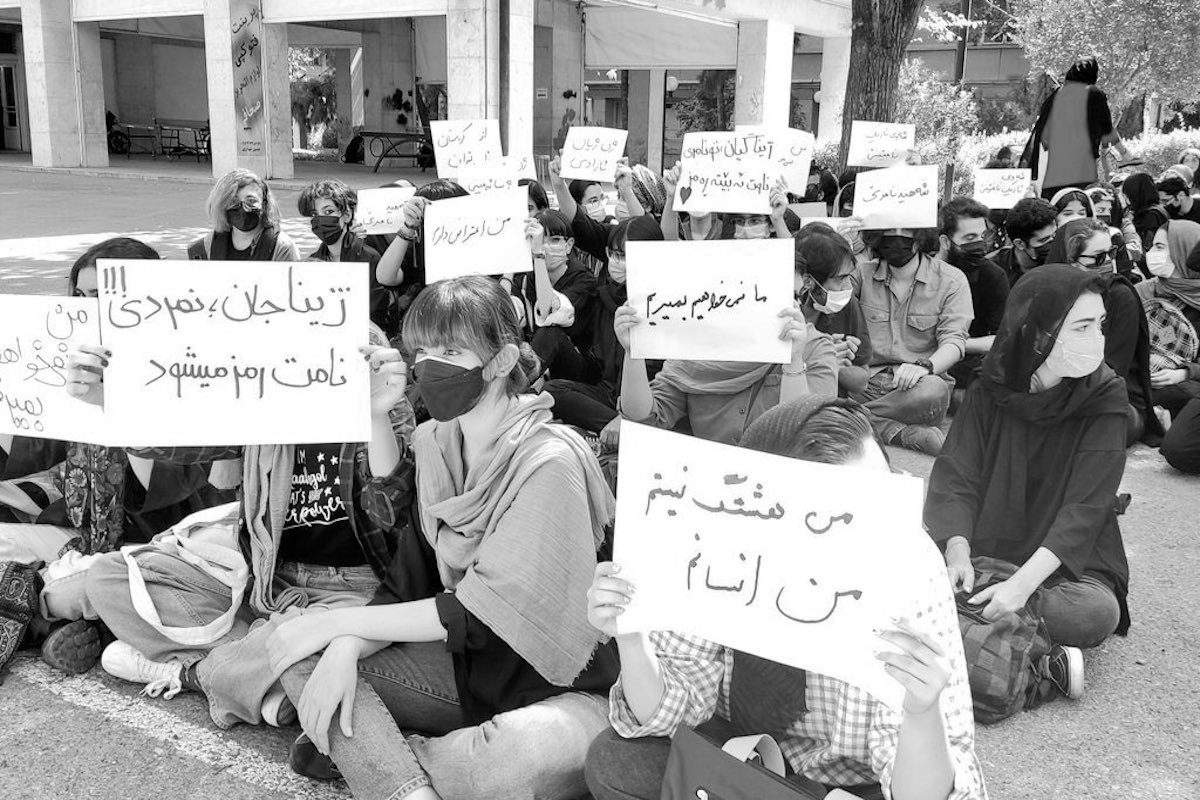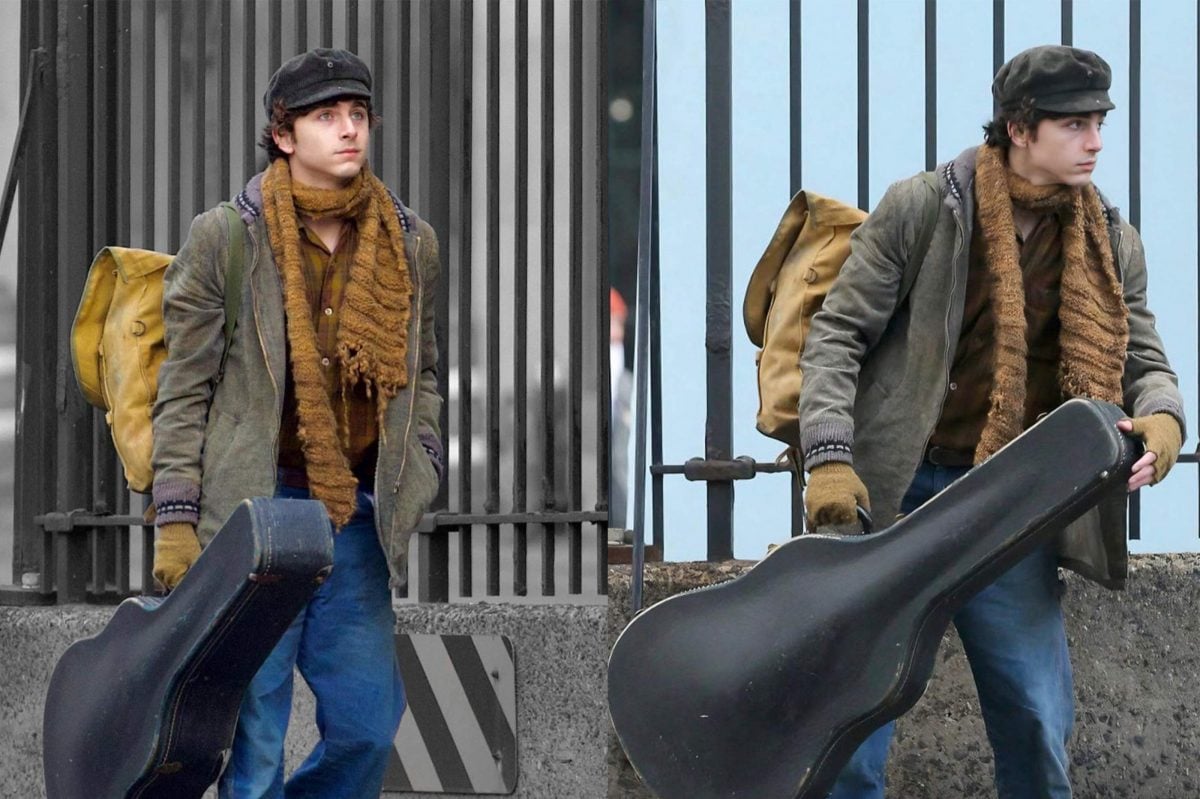
Dozens of cities in Iran are embroiled in protest, sparked by the death of a young woman in custody. The protests continue to escalate over anger towards religious rules and the dire state of the national economy. Large numbers of women have taken to the streets in defiance of the government and the enforcement of its hijab law, mandating hair is covered and only loose-fitting clothing is worn. Here, we breakdown what is happening in Iran and the protests unfolding.
Why are there protests in Iran?
The protests stem from the death of a young woman in custody. Mahsa Amini, also known as Jina, was with family on a visit to Tehran from her hometown when she was arrested, accused of violating the hijab law, which came into effect in 1981 after the Islamic revolution. Many women in Iran have challenged the ruling, and it is commonly disobeyed across the country.
Amini died three days later in the custody of the morality police, who enforce Islamic rules. Iranian security forces issued a statement claiming Amini had collapsed of a heart attack at the detention centre, while receiving “training” on hijab rules. Her family dispute this.
What are Iranian women protesting?
At the protests, many women are taking off and burning head coverings to protest the government strict intervention around wearing the hijab, with videos posted to social media showing this even occurring in traditionally conservative and religious cities like Mashhad. Some women have also taken to cutting off their hair. As anger grips the country, more Iranians have joined demonstrations, with some turning the crisis into an outlet for greater frustrations towards the government.
In response, the government has retaliated with brutal and systematic crackdown tactics seen in previous uprisings. Riot police officers equipped with water cannons, battens and guns have been deployed, along with plainclothes officers sent against protests. At the time of writing, 17 people have been killed in Kurdistan alone, with 733 injured. Mobile internet service has also been disrupted, platforms like Whatsapp and Instagram blocked, with these some of the primary means protestors were communicating with one another.
What do protesters hope to achieve?
Protesters are now calling for the removal of far-reaching religious restrictions governing how people dress, socialise and what they can drink and eat. Analysts believe years of economic decline has tested the patience of many Iranians, who have taken to protesting more frequently over the last few years.
Morality police to potentially disband
In a new development, Iran's attorney general, Mohammad Jafar Montazeri, indicated that parliament and the judiciary were currently reviewing the country's laws around wearing the hijab, and had disbanded the morality police responsible for enforcing laws around dressing. However, there has been no corroboration of the attorney general's statement from Iran's national news, nor by any interior ministry officials. As a result, activists are sceptical of the news.
While the announcement may be an attempt to subdue the protests that have taken place since September, one Iranian woman told the BBC World Service's Newshour programme that, "just because the government has decided to dismantle morality police it doesn't mean the protests are ending". Rather, the death of Mahsa Amini has simply exposed the flaws of the current Iranian government.
Another woman echoed this sentiment in an interview with the BBC, saying, "We, the protesters, don't care about no hijab no more. We've been going out without it for the past 70 days," she explains. "A revolution is what we have. Hijab was the start of it and we don't want anything, anything less, but death for the dictator and a regime change."
Image: Twitter



